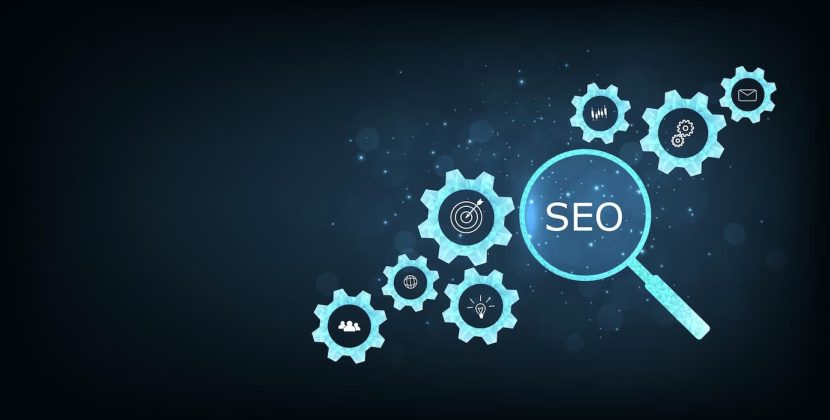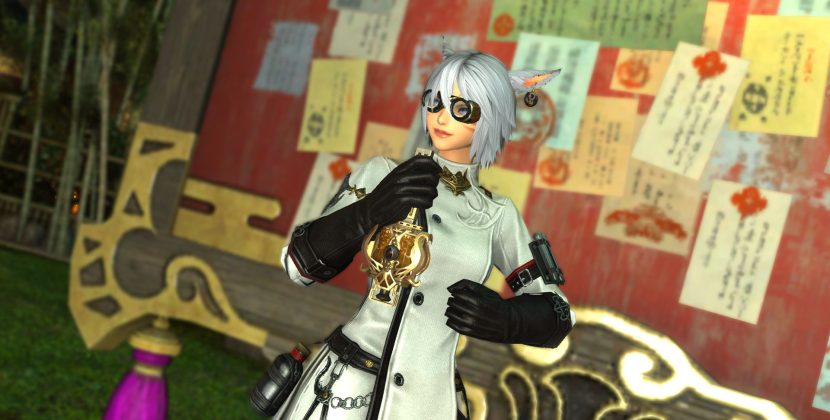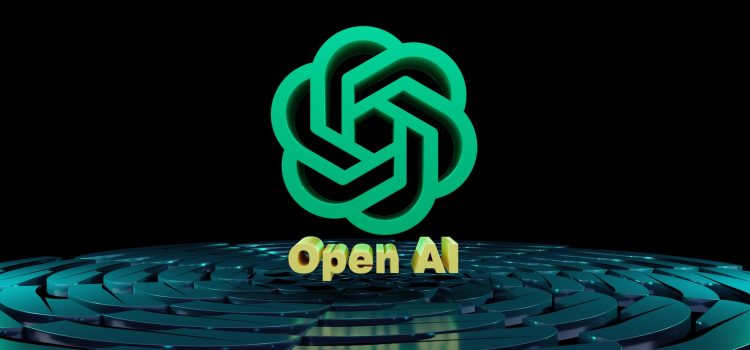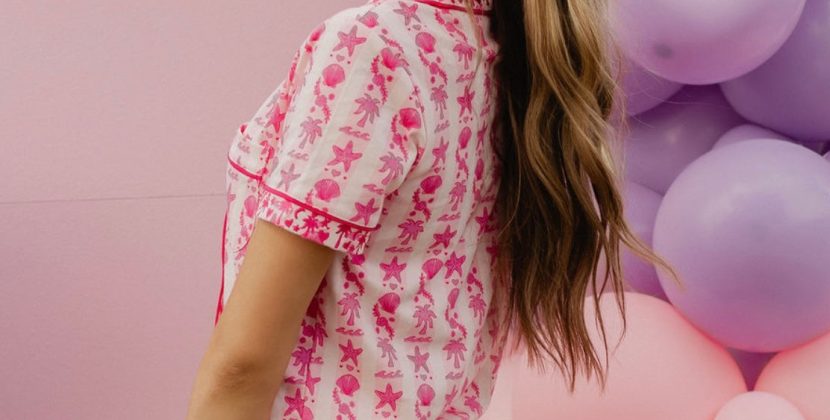
Introduction: ChatGPT Expands its Repertoire with Image Generation
In the rapidly evolving landscape of artificial intelligence, ChatGPT has emerged as a trailblazer, expanding its capabilities beyond text-based communication. One of its most astonishing feats is the incorporation of image generation into its repertoire. In this article, we embark on a journey to witness ChatGPT’s extraordinary evolution, transitioning from a conversational AI to a versatile creator of images. This transformation marks a pivotal moment in the world of AI, blurring the lines between human creativity and machine ingenuity.
The Evolution of ChatGPT
ChatGPT’s journey into image generation is nothing short of remarkable. To appreciate the magnitude of this transformation, it’s essential to trace its evolutionary path. ChatGPT initially gained fame for its text-based conversational abilities, revolutionizing the way we interact with AI. Over time, it has undergone a series of developmental leaps, refining its language skills and expanding its knowledge base. These advancements laid the foundation for its foray into visual content creation.
The evolution of ChatGPT can be divided into several key milestones:
- Text Generation Mastery: ChatGPT’s initial focus was on mastering text generation. It honed its ability to understand context, answer questions, and engage in meaningful conversations. This text-based proficiency formed the basis for its subsequent growth.
- Large-Scale Pretraining: To enhance its language capabilities, ChatGPT underwent large-scale pretraining on diverse text data. This allowed it to acquire extensive knowledge and a nuanced understanding of language, enabling more accurate responses.
- Fine-Tuning for Specific Tasks: ChatGPT’s versatility further expanded as it underwent fine-tuning for specific tasks. Whether it was aiding in content creation, providing customer support, or assisting in various professional domains, ChatGPT demonstrated its adaptability.
- Integration of Image Generation: The most significant leap in ChatGPT’s evolution was its transition into image generation. This transition was made possible through the integration of advanced generative models and neural networks, which enabled ChatGPT to create visuals that were not just impressive but also contextually relevant.
The Magic Behind Image Generation
ChatGPT’s ability to generate images may seem like magic, but it’s rooted in cutting-edge technology and sophisticated algorithms. Understanding the underlying mechanics demystifies this remarkable capability.
At its core, ChatGPT utilizes generative models, specifically generative adversarial networks (GANs), which consist of two components: a generator and a discriminator. The generator creates images, while the discriminator evaluates them. Through a process of continuous refinement, the generator learns to produce increasingly convincing visuals.
Neural networks play a crucial role in this process. They process vast amounts of data and extract patterns, enabling ChatGPT to generate images that align with the context and intent of the conversation. These networks are trained on diverse datasets, encompassing a wide array of visual concepts and styles.
The training process is iterative and requires substantial computational power. ChatGPT learns to capture intricate details, such as texture, color, and composition, to create images that are not only contextually relevant but also aesthetically pleasing.
Table: ChatGPT’s Evolution into Image Generation
| Aspect | Description |
|---|---|
| Introduction | ChatGPT’s expansion into image generation |
| Heading 1 | Evolutionary milestones of ChatGPT |
| Heading 2 | Explanation of ChatGPT’s image generation technology |
| Heading 3 | Real-world applications and impact of image generation |
| Heading 4 | Ethical considerations and challenges |
| Conclusion | Recap of ChatGPT’s transformative journey into image generation |
This table offers a clear and visual summary of the key sections in the article, facilitating readers’ navigation and comprehension.
Real-World Applications and Impact
The real-world applications of ChatGPT’s image generation capabilities are extensive and transformative. It’s not merely about generating images; it’s about enhancing creativity, problem-solving, and human-AI collaboration across various industries and domains.
- Graphic Design: ChatGPT’s image generation prowess opens up new possibilities for graphic designers. It can swiftly generate visuals based on design briefs, saving time and serving as a source of inspiration. This collaboration between designers and AI can lead to innovative and visually stunning creations.
- Content Creation: In the world of content creation, ChatGPT’s image generation abilities are a game-changer. From generating illustrations for articles to creating visuals for marketing campaigns, it streamlines the content production process and ensures a consistent visual style.
- Product Design: In industries like fashion and interior design, ChatGPT can assist in the visualization of concepts. Designers can describe their ideas, and ChatGPT can quickly produce images to help refine and communicate those concepts.
- E-commerce: Visuals are crucial in e-commerce, and ChatGPT can generate product images and promotional visuals that align with brand aesthetics. This not only accelerates the listing process but also maintains a cohesive look for online stores.
- Education: ChatGPT’s image generation can aid in educational materials. It can produce diagrams, charts, and visual aids that enhance the understanding of complex topics, making learning more engaging.
- Healthcare: In the medical field, ChatGPT can generate medical images based on descriptions, aiding in diagnosis and treatment planning. This has the potential to improve healthcare access and efficiency.
The impact of ChatGPT’s image generation is not limited to these examples; it extends to any domain where visual content is essential. It streamlines workflows, fosters creativity, and empowers professionals to achieve more in less time.
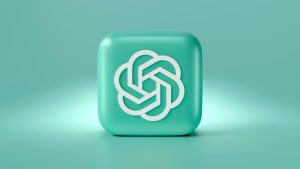
Ethical Considerations and Challenges
While ChatGPT’s image generation capabilities offer immense potential, they also raise ethical considerations and challenges that must be addressed responsibly.
- Misuse: There’s a risk of AI-generated images being misused for deceptive purposes, including deepfakes and misinformation. Ethical guidelines and safeguards are crucial to prevent such misuse.
- Copyright and Ownership: Determining the ownership and copyright of AI-generated visuals can be complex. Clarity on intellectual property rights is essential to avoid legal disputes.
- Bias and Fairness: AI models can inherit biases present in their training data. Ensuring fairness and mitigating biases in AI-generated content is an ongoing challenge.
- Data Privacy: Handling and generating images may involve personal data. Stringent data privacy measures must be in place to protect individuals’ information.
Conclusion
In conclusion, ChatGPT’s journey from text-based communication to image generation marks a significant milestone in the field of artificial intelligence. The integration of advanced generative models and neural networks has empowered ChatGPT to create images that are not just contextually relevant but also artistically impressive.
This transformative capability has far-reaching implications across various industries, streamlining workflows, fostering creativity, and enhancing problem-solving. However, it also comes with ethical considerations and challenges that demand responsible usage and robust guidelines.

